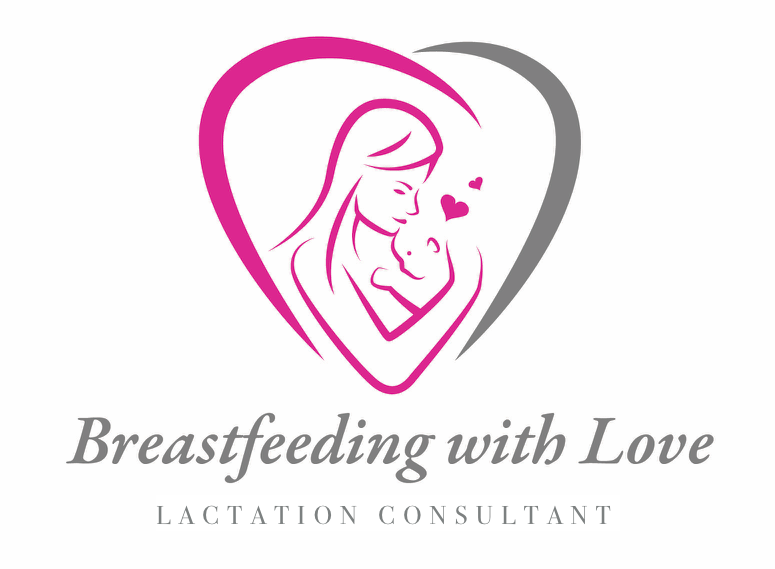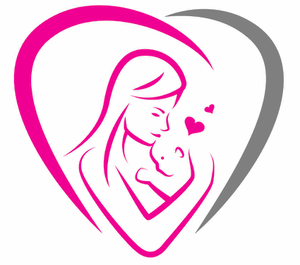Breastfeeding And Clogged Ducts
Breast is best. The benefits of breastfeeding are many. Many new moms choose to breastfeed however, sometimes some moms experience clogged ducts. In fact, if you experience clogged ducts, it does not mean you should stop breastfeeding. Why do plugged ducts happen? Sometimes, it may happen because the baby does not latch on properly, therefore, the baby is not properly emptying out the breast.Plugged ducts occur when your breasts are not drained properly. If your baby does not breastfeed well, you may not drain your breasts properly. Plugged ducts may cause a mother's breast to be sore. It can happen on one side or both. Sometimes, you are producing more breast milk then your baby takes out. The tissue around the ducts may become swollen and inflamed and press on the duct, causing a blockage. If you feel a small hard lump, try to breastfeed more often or pump it out. Use a good breastfeeding pump. This may help prevent clogged ducts from happening. While you are breastfeeding your baby, you need to gently massage your breast and vary your positions. This way, the whole breast will get emptied.Try to relax so you can relieve your stress. Go to sleep early so you can try to catch up on your sleep. When you have a plugged duct, your milk duct is not draining well and inflammation builds up. By helping the milk flow freely through your breast ducts, bacteria is flushed out and doesn't have a chance to multiply. Milk left in the ducts allows bacteria to grow. That is why the first step is to properly empty out your breasts, frequently and completely. If you feel your baby has not emptied you out enough, you need to pump. You need to double pump for at least fifteen minutes. If plugged ducts are accompanied by flu-like symptoms, such as aches, nausea, headaches and fever, this may be something worse, such as an infection called Mastitis. You will usually see red areas on the breast. It may occur on one breast or both. Consult a doctor as soon as you feel any of these symptoms. Other suggestions to consider for clogged ducts are: apply heat, take a warm shower or bath, lean over the sink full of warm water.I had one of my patients do this and it worked. This will help increase circulation to the area and unclog the duct. So, what should a mom do now that she has plugged ducts? Breastfeed often. Take pain medications if needed such as Ibuprofen, Advil or Motrin or Tylenol. These medications have ingredients to reduce swelling. Drink plenty of water. Encourage the baby to breastfeed often and vary your positions from a cradle hold to a football and vise a verse. Sleep on your back and do not put pressure on your breast. Wear a supportive bra. Offer the sore side first because the baby sucks the best in the beginning. Wean gradually and slowly. Supplemental Lecithin has been recommended by some for treatment for plugged ducts.However, as always, consult with you medical professional before taking anything while breastfeeding. Additionally, no scientific evidence has been found that Lecithin really is very effective for plugged ducts. Dr Jack Newman says that the reason Lecithin may help resolve and prevent plugged ducts is because, "it may do this by decreasing this viscosity (stickiness) of the milk, by increasing the percentage of polyunsaturated fatty acids in milk."Lecithin is a mixture of choline, choline esters, fatty acids, glycerol, glycolipids, triglycerides, phosphoric acid and phospholipids such as phosphatidylcholine that are also components of breast milk. Lecithin is a fat that is essential to our diet.It can be found in eggs, salmon, beef liver, wheat germ, Brussel sprouts, milk, shrimp, peanuts and peanut butter. La Leche League speaks about moms taking this in capsule or granule forms to help with recurrent plugged ducts and Mastitis. I say use it with caution and your doctor says it is okay to use. In conclusion, plugged ducts may happen if you do not drain out your breasts properly. Have your baby breastfeed often and then pump if necessary. Once the ducts are unplugged, it may take a week to feel less tender around your breasts. Furthermore, make sure your bra is not too tight. Breastfeeding is the best way to help yourself with plugged ducts. Hopefully, this will resolve in a few days.Rest, apply heat, breastfeed often and see your medical professional if you feel you require further assistance and medication for plugged ducts. Try to understand why the plugged duct happened and avoid the cause by correcting the situation.

